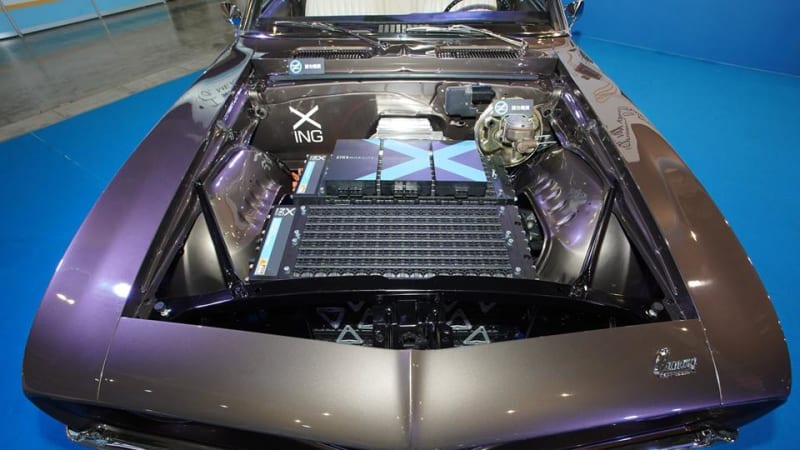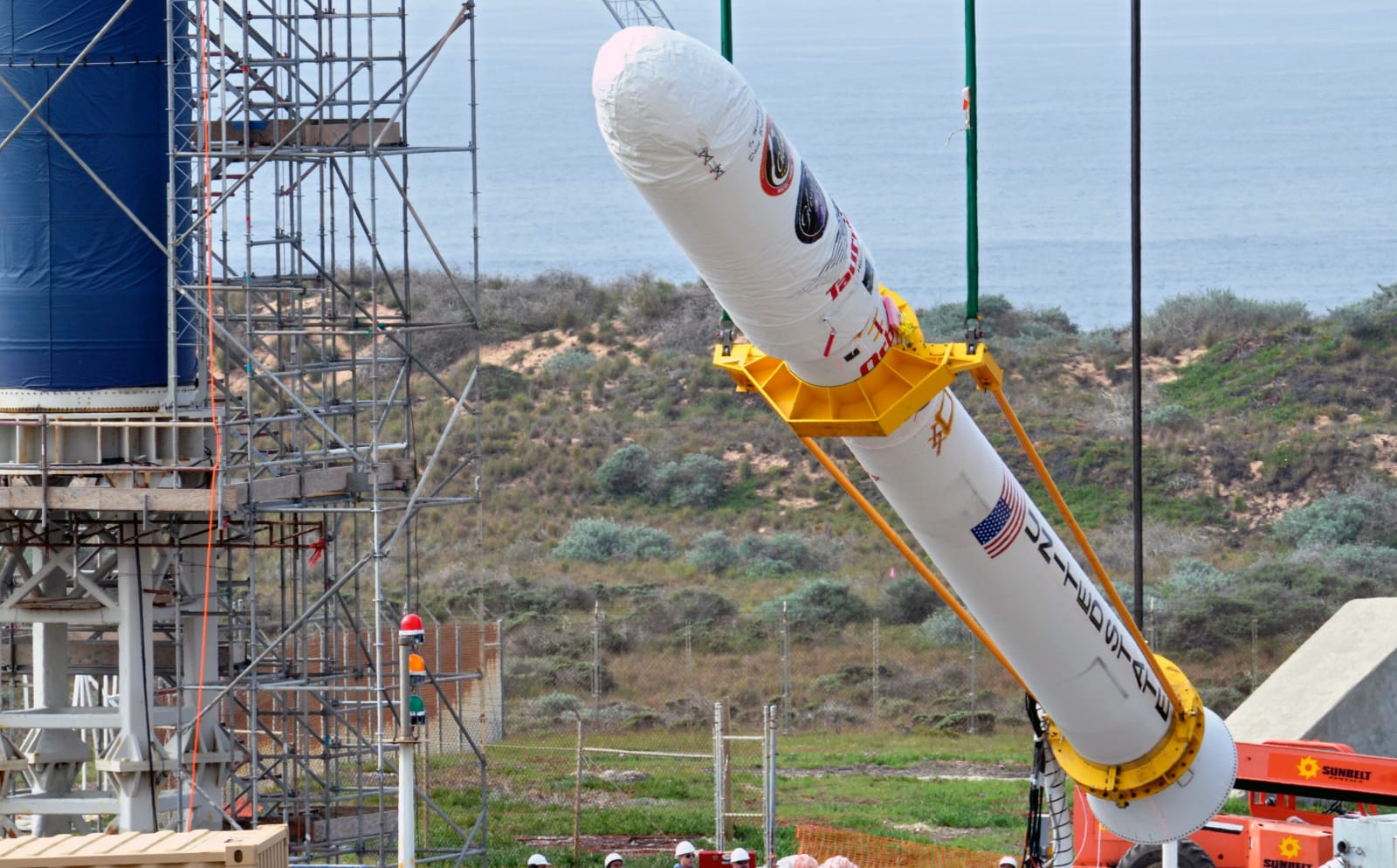https://gizmodo.com/scientologys-flagship-boat-has-been-quarantined-after-a-1834475999

A ship owned by the Church of Scientology that serves as a critical vessel for a religious retreat has been quarantined in the island nation of St. Lucia after it was confirmed that a female crew member aboard had contracted the measles.
“After internal discussions as well as discussions with external health agencies such as the Pan American Health Organization we thought it prudent that we quarantine the ship,” Dr. Merlene Frederick-James, the island’s chief medical officer said in a video statement on Tuesday. “So no one was allowed to leave the ship the crew and passengers aboard were not allowed to leave.”
There were almost 300 passengers and crew on board, according to NBC News, and the ship has reportedly been quarantined in the Caribbean port of the island since Monday. The ship is still located in St. Lucia as of Thursday, according to the Marine Traffic website.
The 440-foot ship, called Freewinds, is based in the Caribbean, according to the Church of Scientology website, and “provides a safe, aesthetic, distraction-free environment appropriate for ministration of this profoundly spiritual level of auditing.” It’s identified as “a very special place” where a member of the controversial Sea Organization can go and “be able to devote himself entirely to his religious practice and in the company of people who share his religious commitment and outlook on life in general.”
The Church also wrote on its website that religious conventions, seminars, and “specially arranged gatherings of Scientologists from a particular country or community for a tailored program of religious services,” also take place on the ship during the spiritual retreat.
There has been contention around whether those who practice Scientology are against vaccinations. As the Hollywood Reporter reported in 2016, “a notable number of the highest-profile immunization dissenters are Scientologists, from [Danny] Masterson and Juliette Lewis to Jenna Elfman and Kirstie Alley.” The Church of Scientology, however, said in a statement to the Hollywood Reporter that it “takes no position one way or the other on this issue.”
Rev. John Carmichael, president of the Church of Scientology in New York, said in an interview on whether Scientology has any precepts or strictures about vaccinations: “Not as a religious principle, no, not at all. And I heard some false report about that, too. It’s simply not true. Scientologists are pretty independent people, though I will say this: they tend to do a little more research, perhaps, on the effect of various medical procedures or whatever. They make their own decisions, but those aren’t decisions that the church tries to influence in any way.”
The official Church stance on medical treatment is that it “has always had the firm policy of not diagnosing or treating the sick,” and that they “seek conventional medical treatment for illnesses and injuries.”
There have already been more than 700 reported cases of measles in the U.S., according to the Centers for Disease Control and Prevention, which is the highest it’s been in a year since the disease was declared eliminated in the country in 2000. “This measles epidemic is a perfect storm of vaccine denialism, stupidity, and groupthink,” Peter Pitts, former associate commissioner for external relations at the Food and Drug Administration and president and co-founder of the Center for Medicine in the Public Interest told Gizmodo.
We have reached out to the Church of Scientology and the Pan American Health Organization to comment on the quarantine and whether there have been any other reported cases of measles on the ship and on the island.
via Gizmodo https://gizmodo.com
May 2, 2019 at 11:51AM





